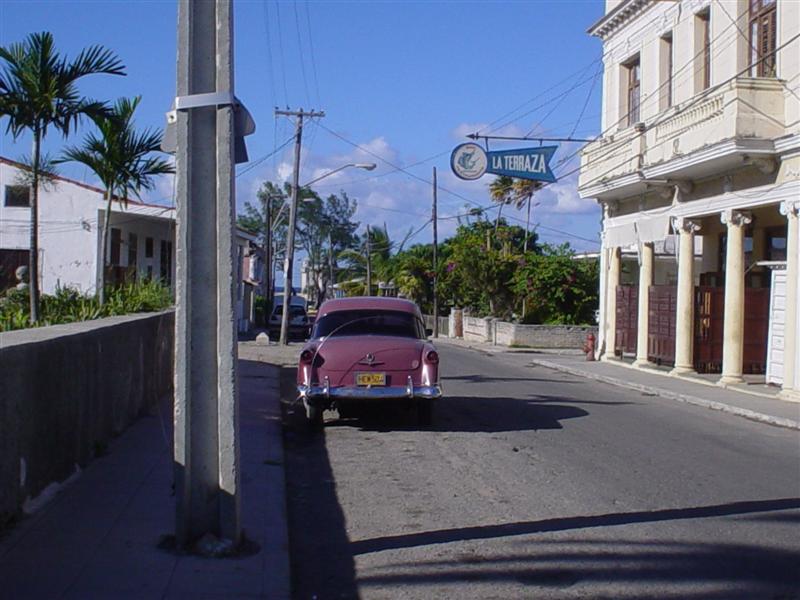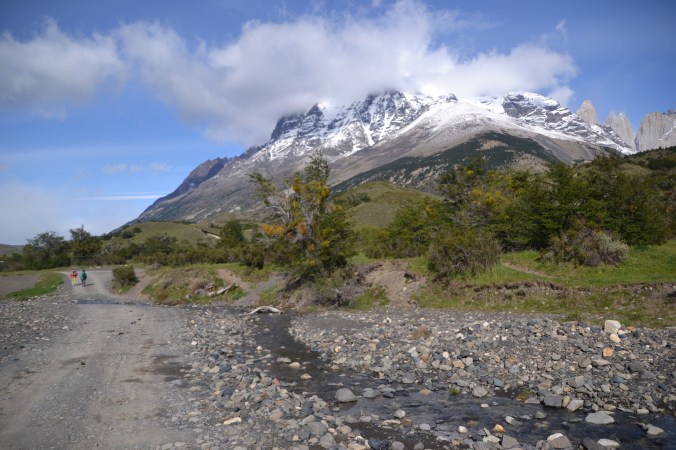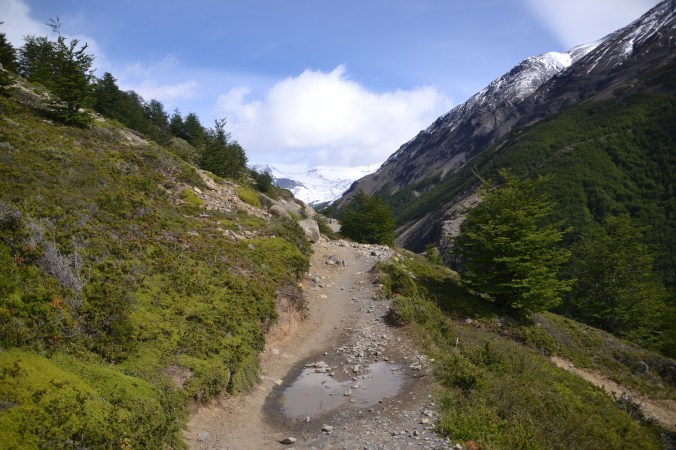
“You know how it is there early in the morning in Havana with the bums still asleep against the walls of the buildings; before even the ice wagons come by with ice for the bars? Well we came across the square from the dock to the Pearl of San Francisco Café to get coffee and there was only one beggar awake in the square and he was getting a drink out of the fountain” – Ernest Hemingway, To Have and Have Not
I was standing in line outside the bureau de change on the day the ATMs failed.
The Cadeca*, to call it by its proper Cuban name, was in one of the grand colonial buildings which line three sides of the square. There are cafes at the ground floor in some of them, but La Perla closed in the Fifties. On the fourth side is the Convent of San Francisco de Asis from which the square gets its name. At the centre of the plaza is Fuente de Los Leones, carved from white marble with fountainheads in the shape of lions.
Cruise ships now come into the dock over the road where Spanish galleons once stopped on their way from the Indes and, much later, Hemingway moored Pilar on visits from Key West in the marlin season.

Hemingway’s ghost is everywhere in Havana. There is hardly a hotel without a Hemingway Room; barely a bar without black and white photos of him on its walls, or a drink or a dish named for him on the menu. Spanish language versions of his novels are sold at the second-hand book stalls on Plaza de Armas alongside biographies of Che Guevara and histories of the revolution. Havana’s yacht club takes his name, and so does the marina where it is based. Each year it stages the Ernest Hemingway International Billfishing Tournament.
I inched to the front of the queue and swapped US Dollars for Convertible Pesos, the currency reserved for tourists. I walked, then, down Calle Oficios to the end of the road, turned right into Calle Obispo and, at the corner of the next block, was the Ambos Mundos Hotel.

There is a plaque on the wall to record that the novelista Ernest Hemingway lived there durante del degada del 1930. In a piece for Esquire in 1934, he wrote:
“The rooms on the northeast corner of the Ambos Mundos Hotel in Havana look out, to the north, over the old cathedral, the entrance to the harbor and the sea, and to the east to the Casablanca peninsula, the roofs of all houses in between and the width of the harbor…. You take a shower, pull on an old pair of khaki pants and a shirt, take the pair of moccasins that are dry…walk to the elevator, ride down, get a paper at the desk, walk across the corner to the café to have breakfast.”
He wrote it in Room 511, which is now a micro museum. The same wire cage lift which Hemingway took on his way to breakfast rattles you up to the fifth floor. The room is laid out and furnished as it might have been in the mid-1930s and embellished with Hemingway memorabilia, books, artworks, a typewriter, old photographs and a scale model of Pilar.

Two blocks further down Obispo, the bar and restaurant, El Floridita, still has its illuminated sign from the 1950s. The bar inside looks little changed since then. To the left, in the corner, a life-size bronze of Hemingway leans against it.
In Islands in the Stream, a barely-fictionalised version of its author saw that:
“The Floridita was open now and he bought the two papers that were out, Cristol and Alerta, and took them to the bar with him. He took his seat on a tall bar stool at the extreme left of the bar. His back was against the wall towards the street and his left was covered by the wall behind the bar. He ordered a double frozen daiquiri with no sugar from Pedrico….”
To this day, the daiquiris are very good and very famous. The version he described is now known as a Papa Doble. There is also a Hemingway Special with a splash of pineapple juice.

Across Havana Viega, La Bodeguita del Medio claims Hemingway as a one-time regular. It makes unremarkable mojitos and attracts a crush of tourists. It is a stop on the organised Hemingway tours where visitors are shaken down for pricey cocktails. But the only evidence he ever set foot in there seems to be a note with a dubious signature which hangs above the bar in Floridita.
By 1939, Hemingway had left Key West and his second wife and taken up residence in Cuba. Martha Gelhorn, famous in her own right as a war correspondent and soon to be the third Mrs Hemingway, found them a nineteenth century villa in the suburb of San Francisco de Paula.

It came with fifteen acres of land and was called Finca Vigia, or ‘lookout farm’ for the view across the palm trees to downtown Havana. Hemingway would stay at the finca until 1960 when he left Cuba for the last time. In Islands in the Sun, he described a trip into town from what he there called ‘the farm’:
“They rolled through the squalor of the village side street and turned onto the Central Highway. They passed the houses of the village, the two grocery stores open onto the street with their bars and rows of bottles flanked by shelves of canned goods, and then they were past the last bar and the huge Spanish laurel tree whose branches spread all the way across the road and were rolling downhill for three miles with big old trees either side. There were nurseries, small farms, large farms with their decrepit Spanish colonial houses that were being cut up into subdivisions….”
I squeezed into the P-7 bus near the Capitolio in Habana Viejo, more or less a straight copy of the Capitol Building in Washington. As the bus barrelled out of central Havana, it occurred to me that I had no idea how I might recognise the stop.

I tried to follow the journey on iMaps and when it seemed as if I might be getting near, I forced my way to the front of the bus and spoke to the driver:
-¿El Museo Hemingway está cerca? (Is the Hemingway museum close?)
-No, está lejos, the driver said with a wave of his arm to denote distance.
The bus trundled on and I started to wonder whether I was even on the right one. But then the driver called out “Museo Hemingway” and pulled in at the stop. “Muchas Gracias,” I said and got off and followed the signs.
I walked up what I took to be the village side street which Hemingway mentioned, and where squalor had not so much disappeared as been shared out more equally. Then there was an imposing, tree-lined driveway and at the end of it, the gates were locked.
-¿Esto es el museo Hemingway? I asked a man in the grounds, although I am not sure where else I imagined I might be.
-Si, pero está cerrado” (Yes but it is closed.)
-¿Está cerrado?
-Se abra a las diez de la hora.” (It opens at 10am), he added.
It was almost 10am by the time I had managed, with my remedial Spanish, to work out what he was trying to tell me. The tour buses, by then, were arriving from Havana with the gringos who were doing this the easy way.

Visitors are not allowed into the finca but the shutters and doors are thrown open and you can see most of it by peering inside. It is just as you might imagine Hemingway’s house to look. There are hunting trophies and bullfight posters, hordes of books and magazines, twentieth century art, and bottles with not much left in them. But it is hard to tell how much is original and how much reconstruction.
The official line is that Mary Hemingway, the author’s fourth wife, gifted the finca to the Cuban people when he died in 1961. But it is not as if she had any choice, as ‘the people’ expropriated all American-owned property that year.
Hemingway left Pilar to its mate, Gregorio Fuentes, until he too was overcome with generosity and gifted it to ‘the people’. It sits on blocks, now, under a canopy on what used to the finca’s tennis courts.

Hemingway’s best work seemed to be behind him by the 1950’s. Critics dismissed him as a has-been. Then he wrote The Old Man and the Sea which won him a Pulitzer and the Nobel Prize for literature. It was set in the fishing villlage of Cojímar, eight miles east of Havana.
Gregorio Fuentes, barely over 40 when he hired out on Pilar, lived to be 104 and told visitors to Cojímar that he was the model for the old man of the book. It was not true, but he grew into the role and it earned him a few pesos in photo opportunities. In Gregorio’s later years:
“The old man was thin and gaunt with deep wrinkles in the back of his neck. The brown blotches of the benevolent skin cancer the sun brings from its reflection on the tropic sea were on the cheeks. The blotches ran well down the sides of his face and his hands had the deep-creased scars from handling heavy fish on the cords. But none of these scars were fresh. They were as old as erosions in a fishless desert.” – The Old Man and the Sea
I was back at the Capitolio early next morning, then hemmed into another public bus heading over the bridge to Habana del Este.

I was very obviously the only gringo in Cojímar that morning and felt conspicuous. I walked briskly down the main drag and into the backstreets, along broken pavements, past scabrous houses and rubbish-strewn patches of grass. The houses were shuttered. The occasional dog barked. A Soviet-era motorbike ring-ting-tinged down the street and was gone.
There was a desolate feel to the waterfront. A crumbling Spanish fort, a mouldering jetty and a monument to Hemingway: a bust on a plinth in a structure which looked like a bandstand but was made of concrete. The plaque beside it translates something like:
“From the population of Cojímar in grateful memory of the immortal author of The Old Man and the Sea, inaugurated on 21 July 1962, which would have been his 63rd birthday.”
The outsized sign of La Terraza del Cojímar does not entirely ruin the lines of the colonial facade. Inside there is a wood-panelled bar, hardback chairs and chequerboard tiles on the floor. About the only change since Hemingway’s day is the photographs on the wall of him, of Gregorio Fuentes and Pilar.

The bar is mentioned a few times in the Old Man and the Sea, anglicised as the Terrace. And in Islands in the Stream, the barely fictionalised Hemingway recalls acquiring a favourite cat:
“He remembered him the first time he had seen him when he was a kitten playing with his reflection on the glass top of the cigar counter of the bar at Cojimar that was built out on the rocks overlooking the harbour….
He looked out across the open terrace of the bar at the sea, dark blue and with whitecaps, with the fishing boats crisscrossing it sailing and trolling for dolphin. There were half a dozen fishermen at the bar and two tables of them sitting on the terrace.”
The patrons, now, are more likely to be visitors on a Hemingway tour, bussed in after visiting Finca Vigio in the morning and stopping for cocktails at bars where Hemingway might or might not once have drunk.
© Richard Senior 2020**
*A contraction of Casa de Cambio
**Excluding Wikimedia commons images
Pilar image:
By Gorupdebesanez – Own work, CC BY-SA 3.0, https://commons.wikimedia.org/w/index.php?curid=30941344
La Terraza image:
By Cryptus84 – Own work, CC BY-SA 2.5,https://commons.wikimedia.org/w/index.php?curid=2460429





























































